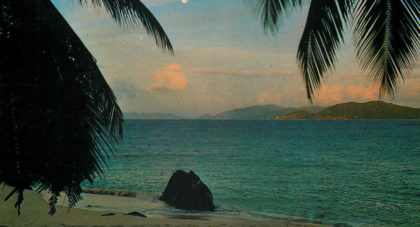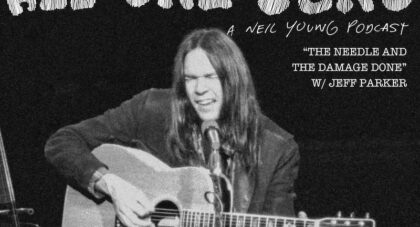There’s a lot to love in Scorsese’s film, which repurposes an enormous trove of backstage and concert footage into a representation of the fall 1975 iteration of the Rolling Thunder Revue tour. Considered as a traditional documentary, Rolling Thunder Revue is fairly embarrassing. Considered as a Bob Dylan movie in the tradition of the films the songwriter has had his hands in over the years, it’s a grand achievement. The project swerves from fact in similar ways that Dylan’s Chronicles swerves from traditional memoir, with fictional constructs serving the biographical needs of the moment, just as . . .
Only the good shit. Aquarium Drunkard is powered by its patrons. Keep the servers humming and help us continue doing it by pledging your support.
To continue reading, become a member or log in.


